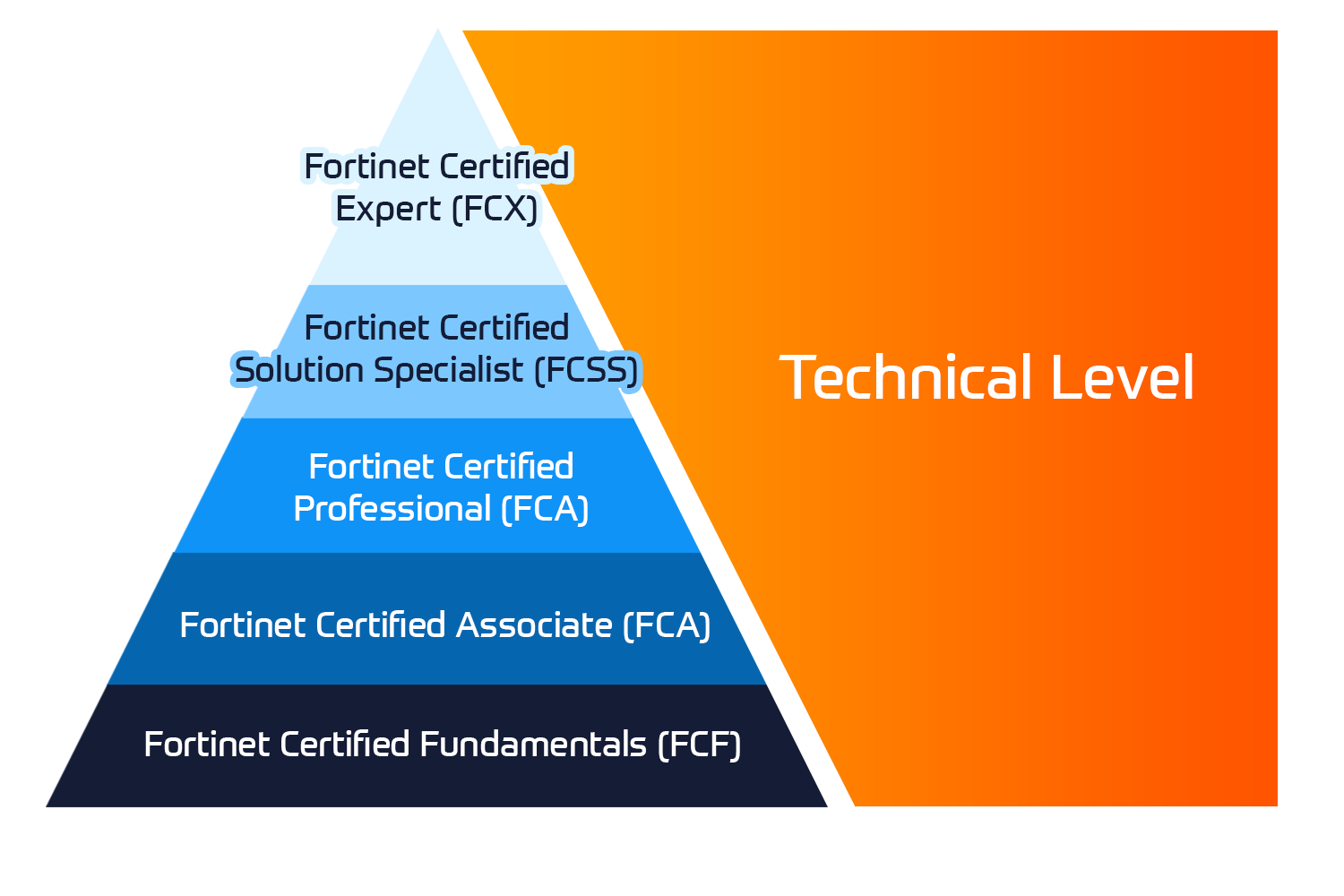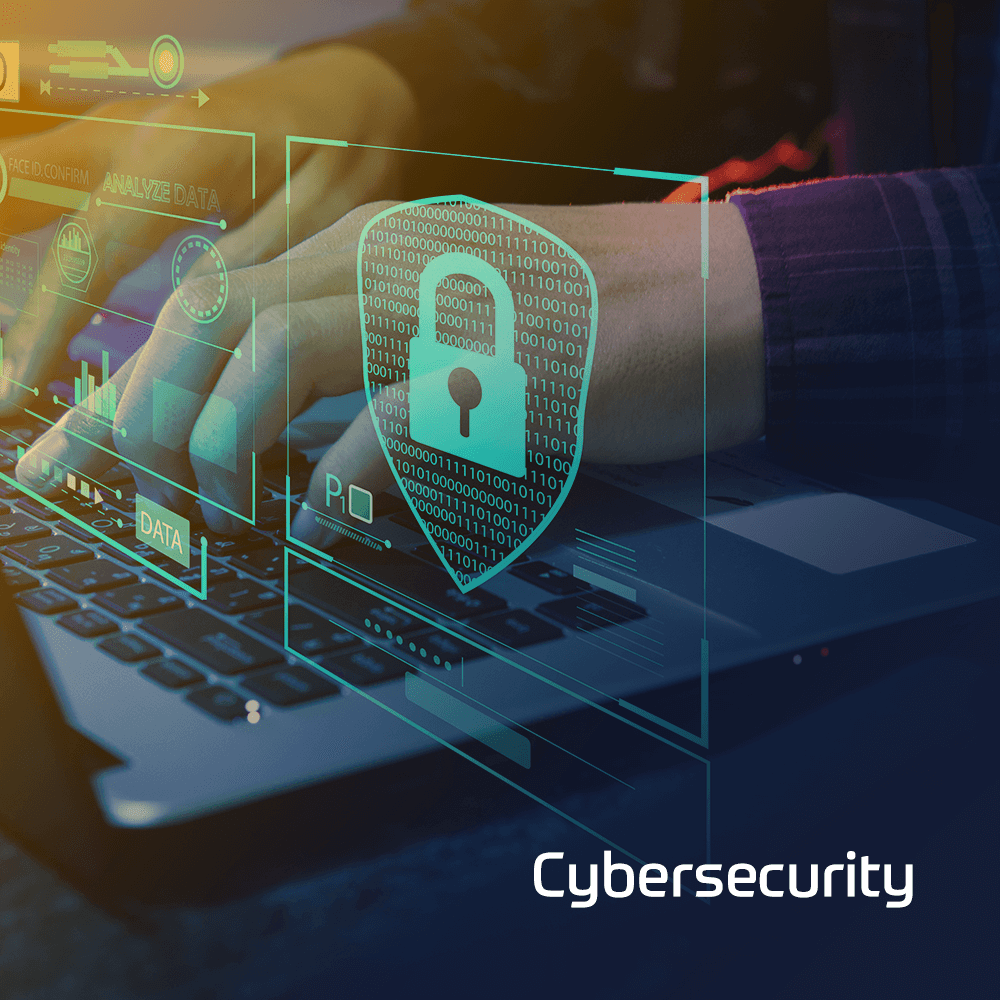Why Data Loss Prevention (DLP) Is Critical for Every Modern Industry

Nowadays data is one of the most valuable assets a business can have and one of the most targeted assets as well. In a hyperconnected world, data loss prevention (DLP) is a quantitative strategy, tool, and policy to help identify and prevent unauthorized sharing, ‘leaking’, and theft of sensitive information. DLP is important in that it protects, not only consumer trust, but regulatory compliance, competitive advantage, and business continuity.
DLP, essentially, involves security monitoring of data in motion (network traffic), data at rest (storage systems), and data in use (endpoints). The purpose is to ensure that critical data (e.g. intellectual property, personally identifiable information [PII], financial records, etc.), in whatever form, does not leave the organization’s purview by accident (malicious or non-malicious).
Industry Impact Analysis
Healthcare
Healthcare organizations manage an enormous amount of sensitive patient data, with privacy rules strictly governed by regulations like HIPAA in the U.S. A data breach could lead to significant financial penalties, legal repercussions, or loss of patient trust. Data loss prevention (DLP) solutions for healthcare typically leverage encryption and access controls followed with real-time monitoring of file transfers. For instance, unauthorized uploads of medical records to an external hard drive can be located and prevented from evolving into an expensive event.
Finance & Banking
The financial sector is a favorite target for cybercriminals when it comes to illicitly seeking account information, transaction history, and investment information. Regulations such as PCI DSS and GDPR require significant data protection. DLP (Data Loss Prevention) in the financial sector usually incorporates either behavior analytics detecting abnormal data transfers, secure email gateways to protect against email phishing data leaks, and audit trails to support compliance reporting. An effective DLP strategy can help banks protect customer assets, but also protect their image in a very competitive industry.
Manufacturing & R&D
Manufacturing and research-based industries are frequently undervalued, but they are subjected to the ongoing risk of intellectual property theft, everything from product designs to process for policy. Competitors or state-sponsored actors may attempt to gain access to them, either to lessen funding costs associated with product development or economically benefit from products or services developed through an intellectual property infringement. Data Loss Prevention tools here specifically focus on protecting computer-aided design files, documents associated with engineering work, and proprietary data associated with prototypes, to help ensure only authorized individuals can access or share those documents.
Conclusion
DLP is no longer an optional layer of cybersecurity—it’s a business imperative. Whether it’s safeguarding patient records, protecting financial transactions, or defending trade secrets, an effective DLP strategy ensures that sensitive data remains where it belongs: within the organization’s control. In a landscape where data breaches can define a company’s fate, proactive prevention is far more cost-effective than reactive damage control.

 Finland
Finland Germany
Germany Denmark
Denmark Sweden
Sweden Italy
Italy Netherlands
Netherlands Norway
Norway 































No Comments